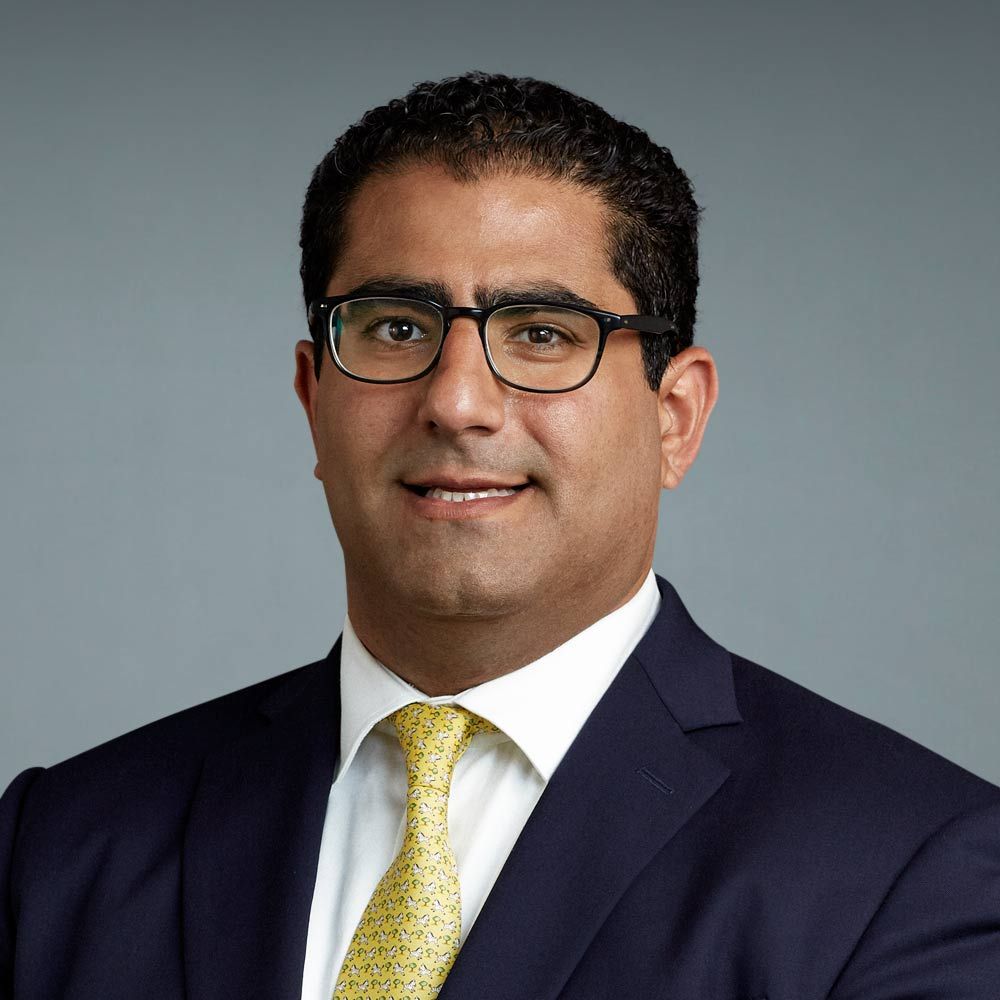Publication
Article
CURE
Lymphedema Needs Research, Funding
Author(s):
Funding for lymphedema research is desperately needed.
Funding for lymphedema research is desperately needed, says Nicole Stout Gergich, PT, a physical therapist and certified lymphedema therapist at the Breast Care Center at the National Naval Medical Center in Bethesda, Maryland.
That need includes getting a fuller understanding of the fundamental nature of the lymph system.
Unlike the venous system, which circulates blood throughout the body, lymphatic vessels can’t regenerate; some growth factors are being studied to see if they can help replenish the damaged system. The exact reason why protein congestion in tissue sets off inflammation is also understudied, says Stout Gergich.
In addition, there’s a lot to be discovered about risk factors. Some people go years without the condition before it comes on suddenly, even after doing something they’ve done many times before, such as flying—so what changed? Some patients have many lymph nodes removed and undergo extensive radiation with no problems at all. Is it because they started out with a more robust lymphatic system to begin with? And how big a role does obesity play?
Saskia Thiadens, RN, executive director of the National Lymphedema Network, says that because earlier diagnosis means easier treatment, there’s a great deal of research interest in finding preclinical signs of lymphedema.
Stout Gergich was first author of a study published in April in Cancer, which found that taking preoperative baseline measurements (using infrared light beams to measure limb volume) in breast cancer patients allowed doctors to detect lymphedema after surgery and before any symptoms appeared. That allowed patients to be treated quickly with compression garments rather than intense bandaging and manual lymph drainage. “I really stand on the soapbox of early detection and early treatment,” says Stout Gergich.
Meantime, Maureen Helgren, PhD, PT, an associate professor of physical therapy at Quinnipiac University in Hamden, Connecticut, is hoping to start recruiting patients in 2009 for a study to investigate whether providing women with appropriate information about symptoms and preventive exercises, including the Lebed Method (www.lebedmethod.com), can help limit the incidence and severity of lymphedema.





